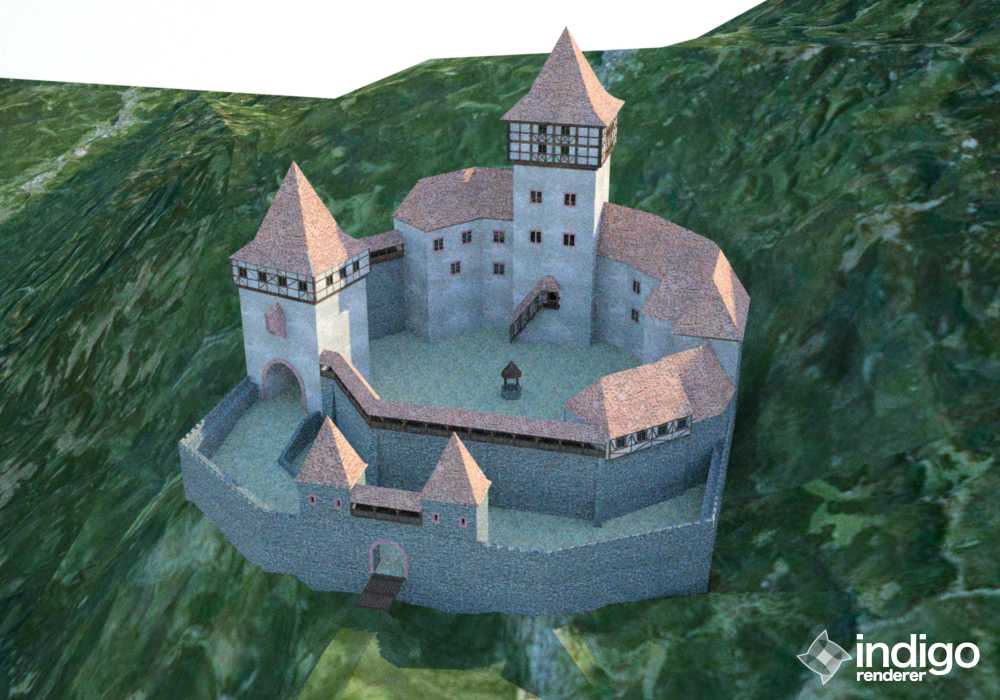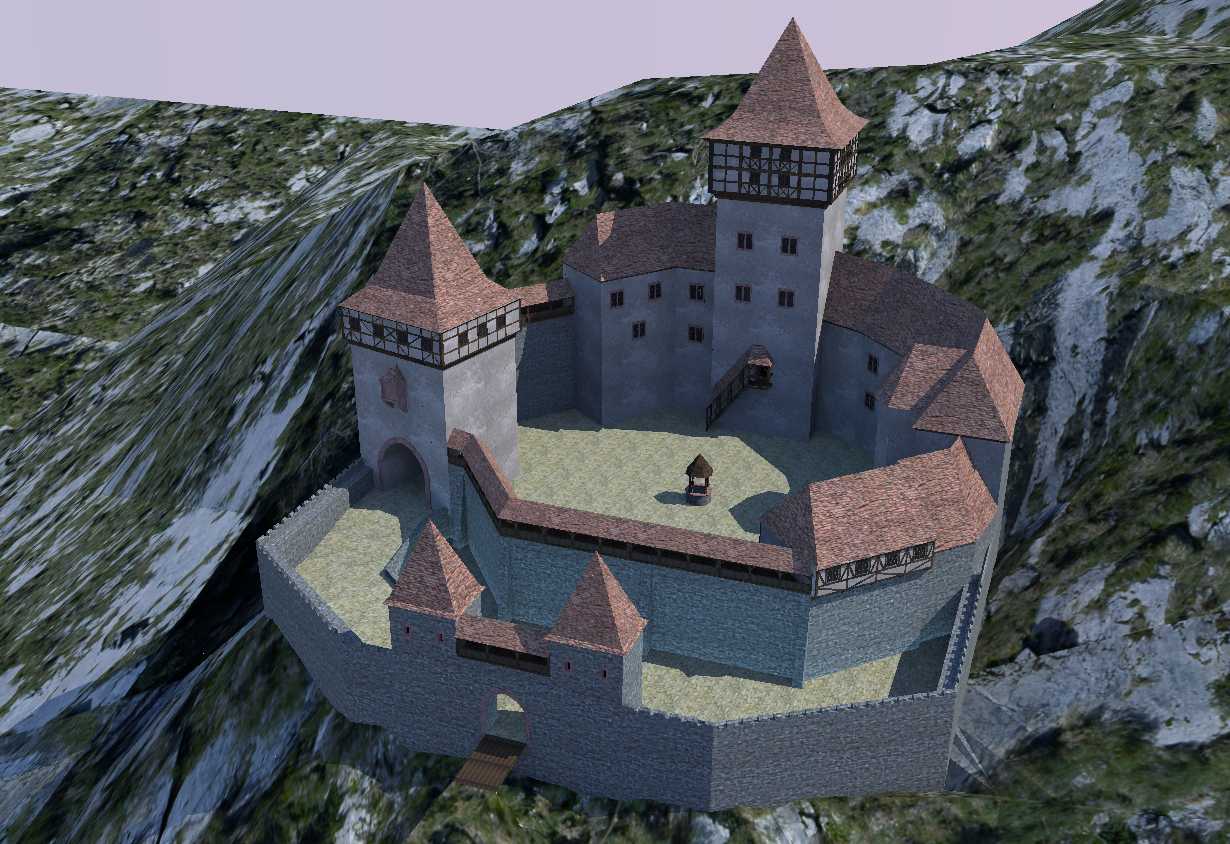Indigo Renders...
-
I try to keep up with the Indohgo news as much as possible
http://news.sketchucation.com/?s=indigo
but indeed, these renders are really great, thanks Dale
-
@whaat said:
Still, it is not fair to compare these times to other unbiased render engines because scene setup time is blazing fast.
The man's right.
 SkIndigo is da bomb! (Do young people still talk this way?)
SkIndigo is da bomb! (Do young people still talk this way?) -
@unknownuser said:
Do young people still talk this way?
All the time. You should try it on the local youths, im sure it'll go down well.
Back on topic, very nice whaat
 Particularly liking the sea shot, i'll have to steal your shader for that and give it a go at some point.
Particularly liking the sea shot, i'll have to steal your shader for that and give it a go at some point. -
The last two are fantastic Dal
Nice work. -
Nice work Whaat!
I wish we had an endless budget in our office to spend on Render engines. unfortunately we haven't.
Will be trying the demo for sure though.
-
Hi,
Last night, I have downloaded and tried the INDIGO renderer. I used the standard settings for the scene below.The Time required for this scene was amazing, about 1.5 hours.
Then I rendered the same scene with Kerkythea with the preset no.3 (PhotonMap-Quick). The Time required for this scene was about 5 Minutes. Below you can compare the results.
Karlheinz


-
@charly2008 said:
Last night, I have downloaded and tried the INDIGO renderer. I used the standard settings for the scene below.The Time required for this scene was amazing, about 1.5 hours.
Then I rendered the same scene with Kerkythea with the preset no.3 (PhotonMap-Quick). The Time required for this scene was about 5 Minutes. Below you can compare the results.
I'm sure if you chose one of KT's unbiased presets, you'd find that the render time would go up significantly. There's little point in comparing a biased render method with an unbiased one.
-
Hi stinkie,
i'm just a beginner in rendering Techniques. Maybe you can give me some advice what settings I should choose in indigo to get a similar result in a few minutes with Indigo?Karlheinz
-
You cant. The render method used in indigo will always take a long time, as it applies a brute force approach which although accurate takes a long time.
This is in comparison to some of the presets in kerkythea which 'fake it' to give you a much faster render, but one that cant reproduce real life effects as accurately as indigo.
Thats what stinkie meant when he said its pointless comparing unbiased (indigo) renderers and biased (kerkythea, sort of) renderers.
-
Hi Remus,
thanks for your explanation
Karlheinz
-
If you are interested about bias in rendering, I suggest reading this http://www.cgafaq.info/wiki/Monte_Carlo_Bias
-
Basically unbiased means no approximations, so slower but more accurate. The hardest part of writing an unbiased renderer is making it happen fast.

-
@charly2008 said:
Hi,
Last night, I have downloaded and tried the INDIGO renderer. I used the standard settings for the scene below.The Time required for this scene was amazing, about 1.5 hours.
Then I rendered the same scene with Kerkythea with the preset no.3 (PhotonMap-Quick). The Time required for this scene was about 5 Minutes. Below you can compare the results.
Karlheinz
These kind of scenes don't really show the speed of Indigo. You want to compare two interior scenes that are purely lit by sunlight. And include the set-up time of each renderer. Indigo might win that race. ;D
-
I was a bit out of the loop on the renderers, what is a difference between biased and not biased render?
-
Unbiased means the renderer models light in a realistic fashion, so you render is made by shooting rays around your scene and modelling precisely how they interact with the materials in your scene.
Biased renderers dont necessarily stick religiously to an accurate model of light, so they can make good guesses at how light behaves to speed up the rendering process as much as possible. The downside to this is that you dont always get an accurate render out the end, and some effects (such as caustics) can be more difficult to reproduce.
-
Within my limited knowledge, this is what I understand:
All currently available render methods take shortcuts, as they don't simulate light's interaction with every single subatomic particle and physical force present in your scene. They are all physical/mathematical models, or approximations to reality. The difference between "biased" and "unbiased" methods is that the "unbiased" ones use a more-or-less brute-force approach, meaning that they interpolate nothing, while the "biased" ones do interpolate some values to arrive to a quicker, but less accurate, solution.
Biased methods could be compared to a map of voting trends by cities based on an "Exit-poll", while Unbiased ones could be compared to another map based on actually counting vote by vote in successive random passes over the whole country.
And of course, I want both methods for different situations

-
@notareal said:
If you are interested about bias in rendering, I suggest reading this http://www.cgafaq.info/wiki/Monte_Carlo_Bias
^ explains biased and unbiased. Did you know, even unbiased renderer can fail - make a tiny hole in a wall and see if light comes trough.
-
Technically it wouldnt fail, it would just take a very long time to complete.
-
Not that it really matters, but it will fail if hole is small enough. Stopping criterion will come to play. Just try it out with your favorite renderer. Two rooms and a microscopic hole in a wall between them. Lightsource in the other room and camera at the other.
-
thank you so much people, an awesome lecture
Advertisement







